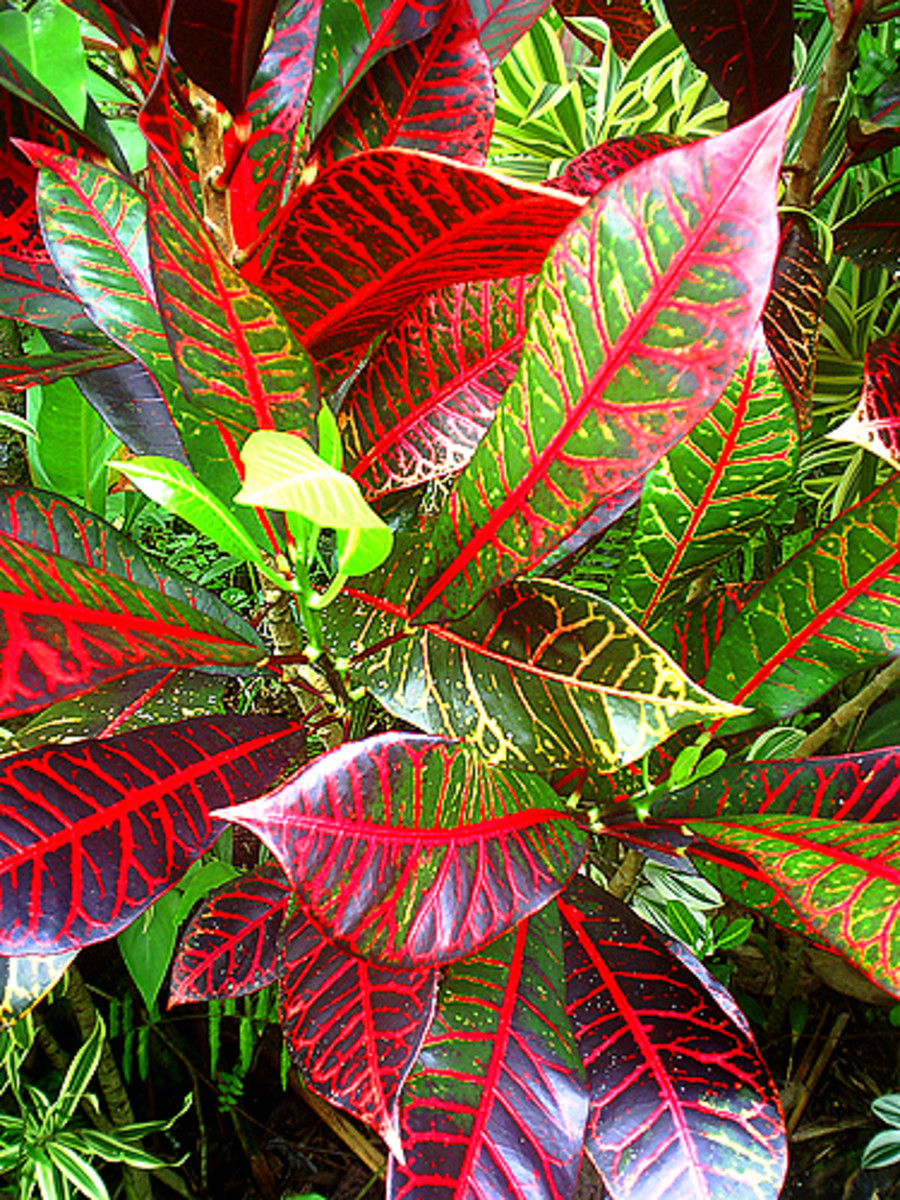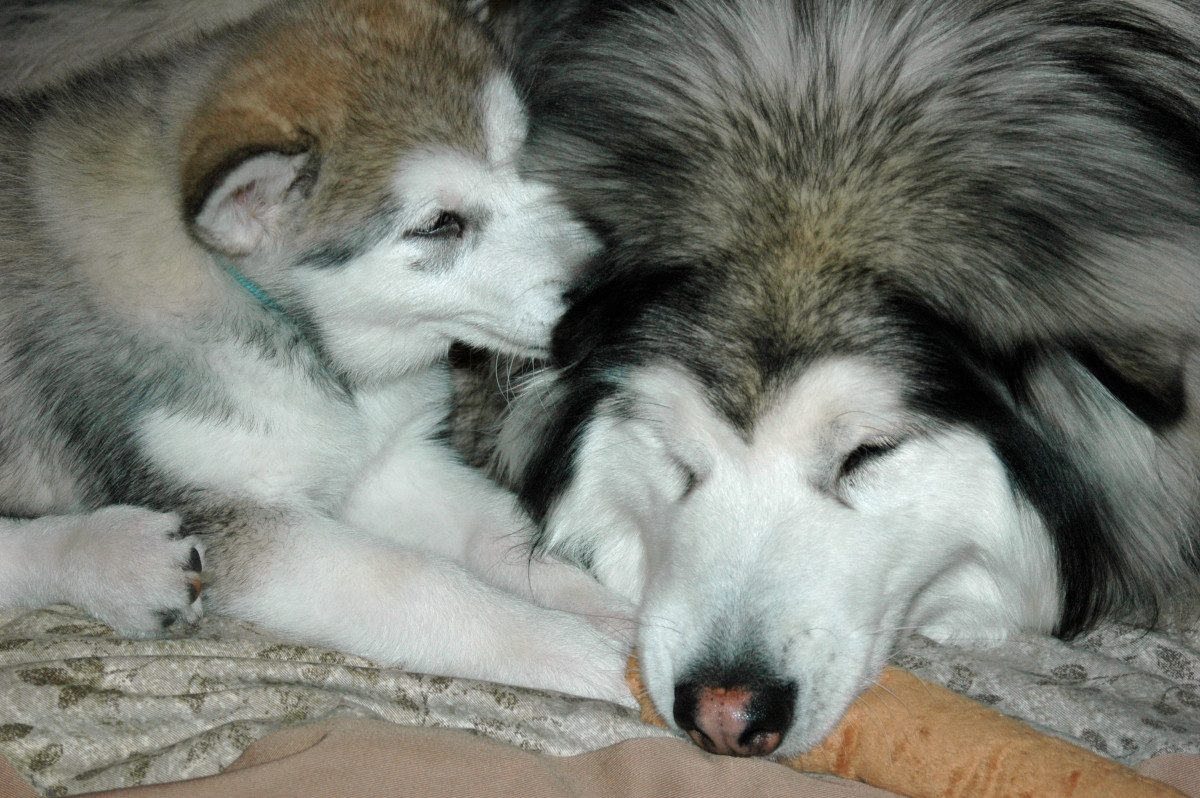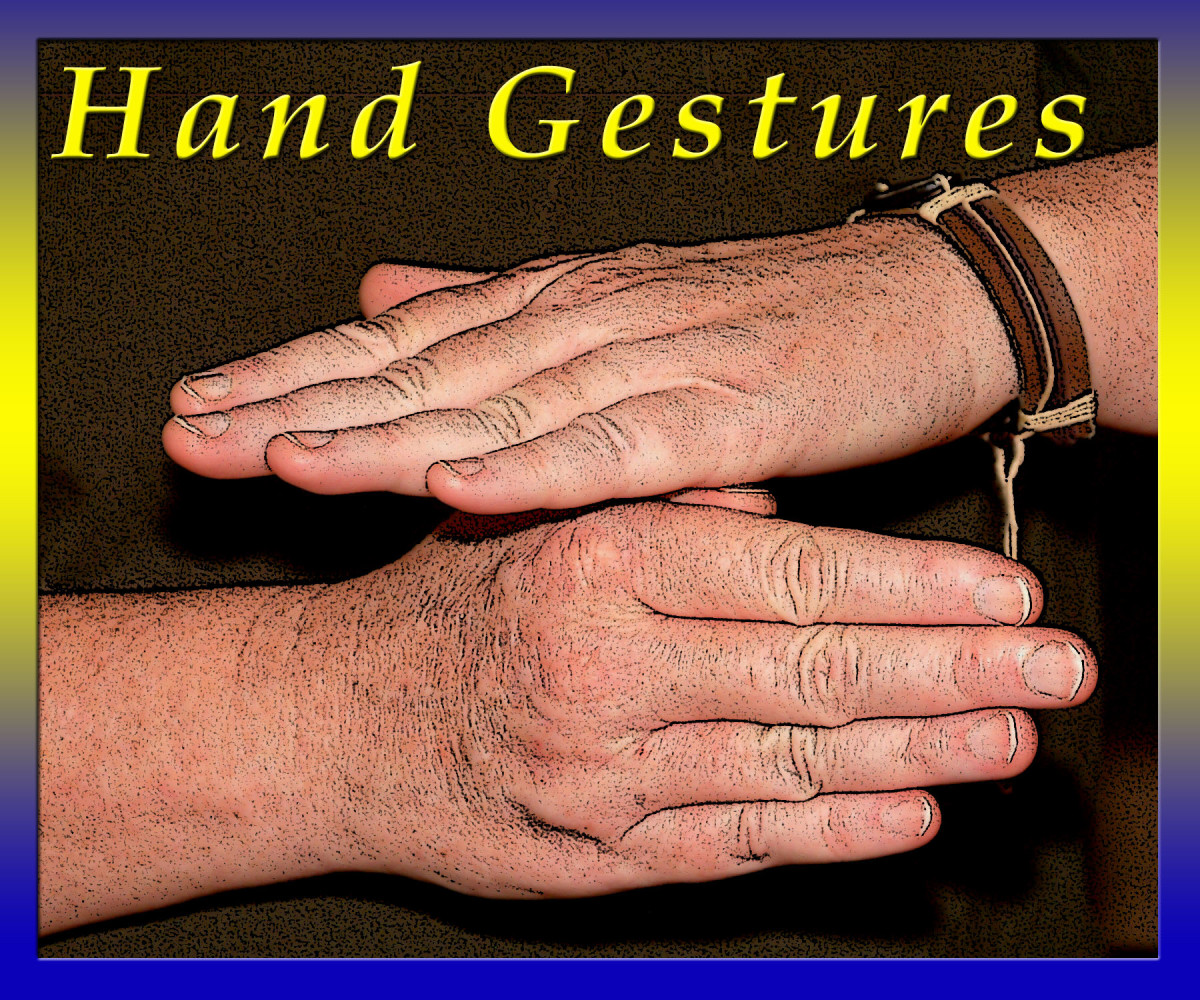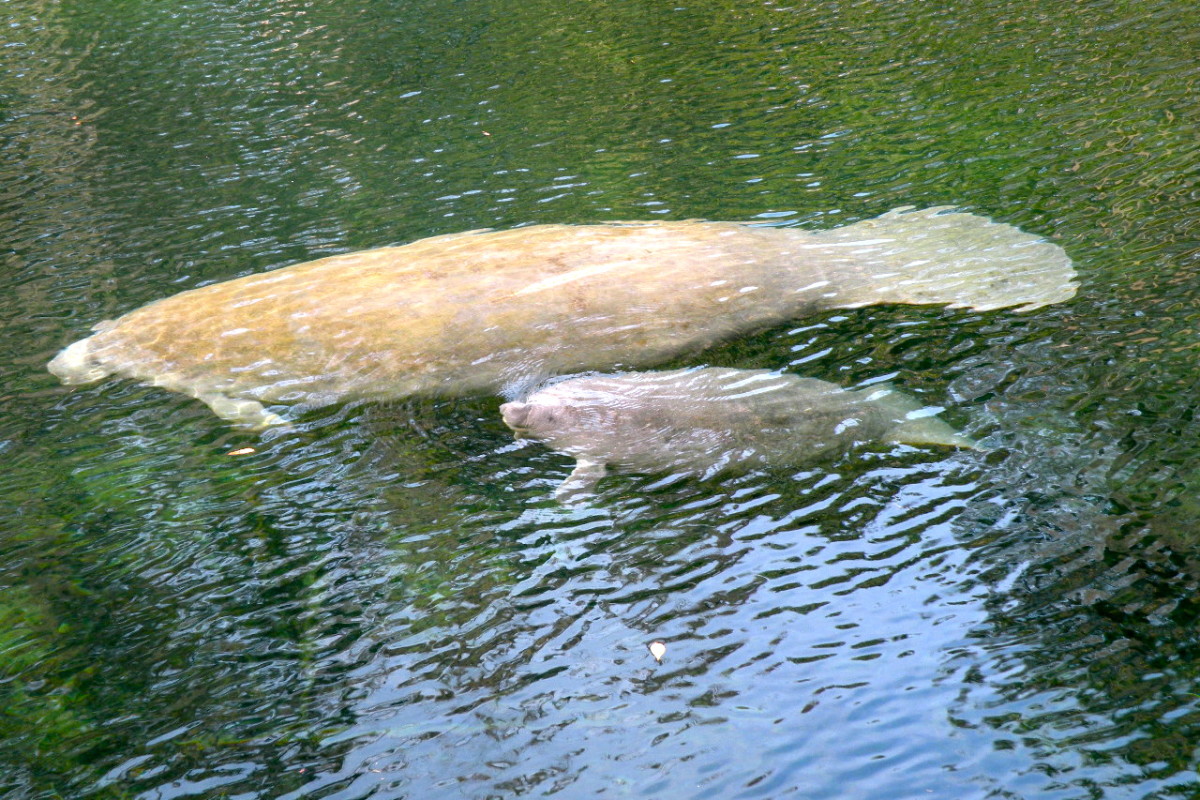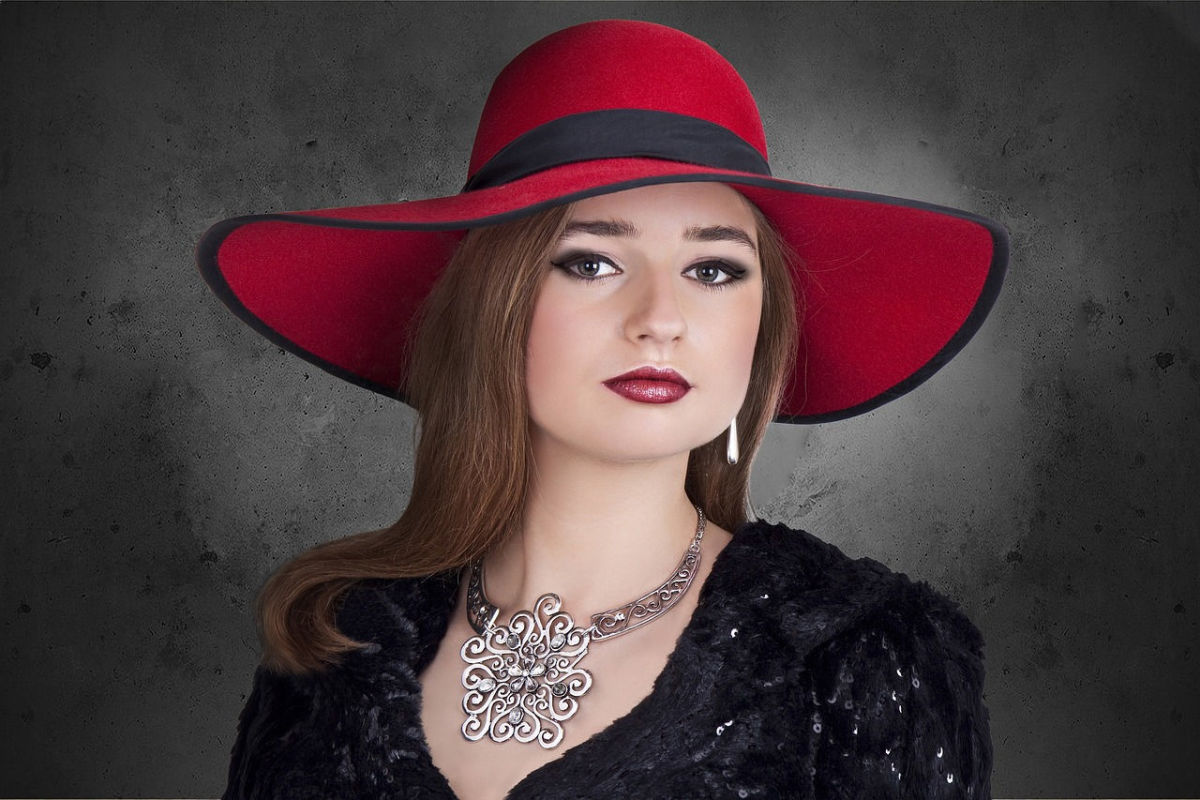How to Change the Mood of Your Photos: Use Layers and Blending Options
Have you ever wondered how you can change the mood of your photos without having to go through a tedious workflow? Sometimes the tutorials are so long that I get lost along the way.
I know I have gotten lost several times trying to follow these tutorials. I have gone through the long route just to be able to achieve a certain mood in my photos.
I usually do the standard changes in levels, curves, dodge, burn, and all sorts of photo manipulations. Well, these are great to use especially if what you want to achieve are subtle changes in your photos. However, if you want to make some more obvious change in mood, I discovered that there is an easier way, a way that will not make you lose your way at all. And this is what I am going to share with you in this photo essay and photo gallery. I guarantee, you will enjoy using this in many of your photos.
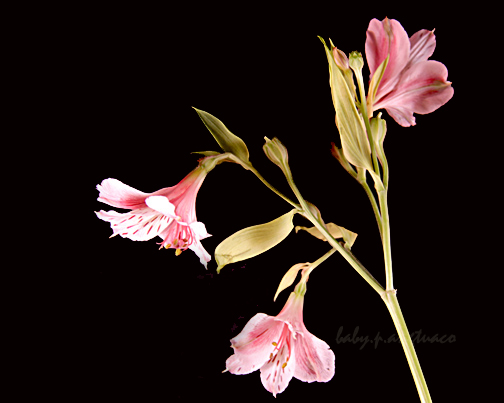
What software to use
I used Photoshop CS3 for doing these changes but you can use other software as long as they have layers and blending options. I am assuming here that you are at least familiar with some of the basics of using Photoshop.
For this tutorial, I will use the photo to the right. I love this photo because it is dramatic. However, I want to show how far I can change its mood by using layers and blending options. I can change the drama and make it funky or serene or some other different mood.
First Things First
First thing I need to do so I can use this photo for blending, is to change its background to something lighter. It's hard to blend if the background of the photo is dark.
To change the background of the photo, I just opened my photo in Photoshop, then clicked the foreground color icon and changed it to a light color. Then I clicked on the "paint bucket tool" and put my cursor on my photo's background, clicked it, and voila, I get this new photo background now! Isn't it neat?
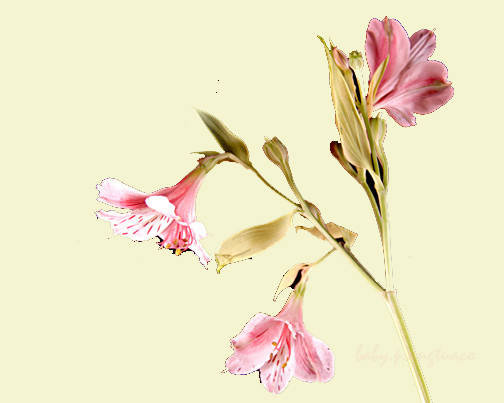
Now we can begin this mood change tutorial. If you are using a photo with a light background, then you can of course skip that section above.
How to Use Layers and Blending Options
- First thing to do is, open a photo that you would like to transform.
- Then open another photo that you would like to blend with the first photo.
- With your second photo open, click on "select" "all" on the tool bar.
- Click on "edit", "copy"
- Next, go to your 1st photo, click on "edit", "paste".
Now you have two layers. Your first photo should be your "background" photo and your second photo will be your "layer 1" photo.
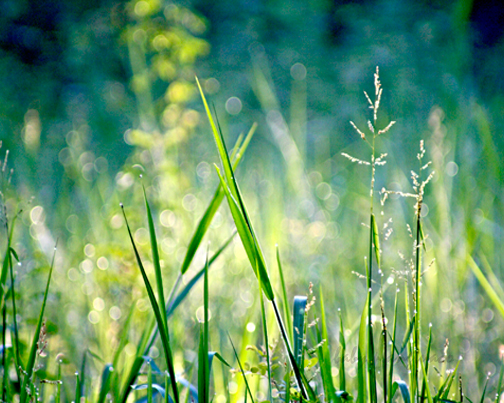
Now the fun begins after you have the two photos in layers.
- Right click on layer 1 (the grass photo here) and then click on "blending options". This will bring you to various blend modes starting with "normal"
- Use the slider and change the opacity of "normal" and you will notice that your first image or "background" will start appearing. Stop sliding when you find the opacity that looks right to you. Now you have blended your two photos and they look totally different.
Isn't this cool?
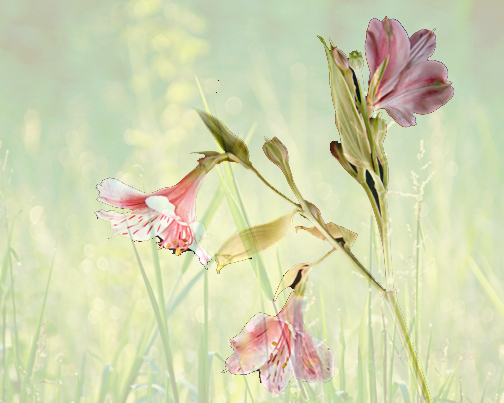
- Save this newly blended photo under a different file name once you are happy with it.
- Now try the other blend modes. Check what happens if you use "dissolve" or "colordodge" or "overlay", etc. I'm sure you will discover some mood that you will like your photo to display.
- Check out what happened to my photo as I applied this simple technique of just changing the blending modes.
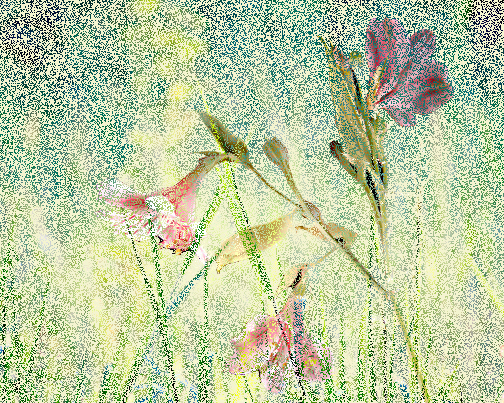
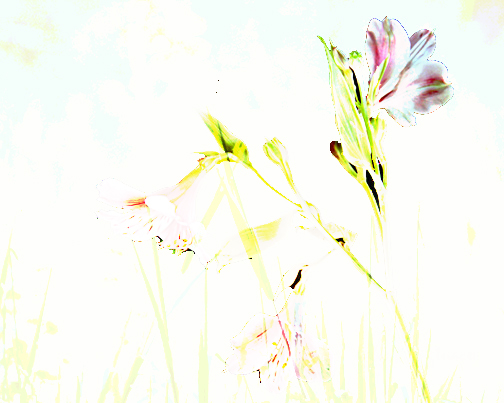
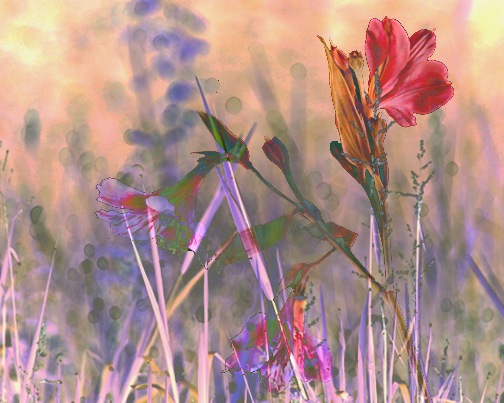
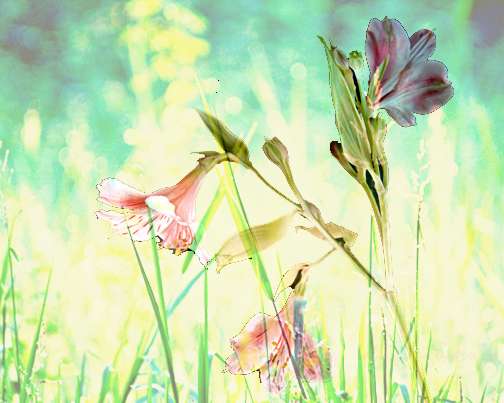
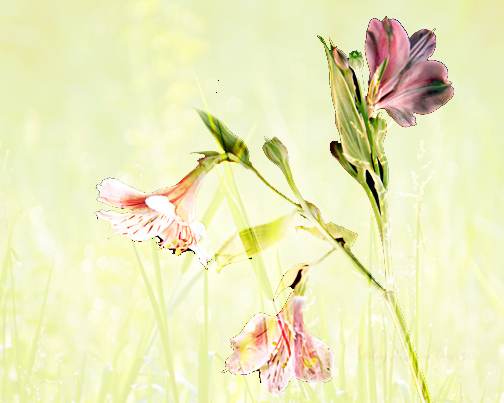
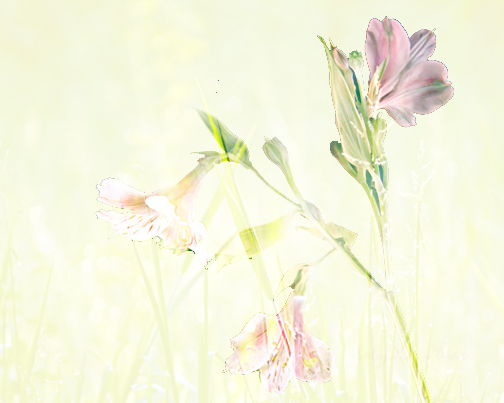
So, isn't this exciting? These are just a few examples of what you can do with just blending two layers of photos and changing the blending mode. The possibilities of creating new mood, new artwork are endless. All it takes is just a few clicks and your creativity.
So why don't you go ahead and play around with your photos. You will never know what you will come up with.
I hope you enjoyed this tutorial and take a look at my other tutorials.
Other Photo Tutorials and Galleries
If you enjoyed this tutorial and photo gallery, then please check out some of my other photo tutorials and galleries right here in HubPages!
How-to-Create-a-Small-World-A-Photoshop-Tutorial
How-to-Improve-your-Photography-Frame-It
Lines-Lines-Lines-How-to-Use-Lines-in-Improving-Your-Photography
Nature-Abstract-in-Photography
Just-Add-Water-A-Photo-Tip-When-You-Cant-Think-of-Anything-to-Shoot



